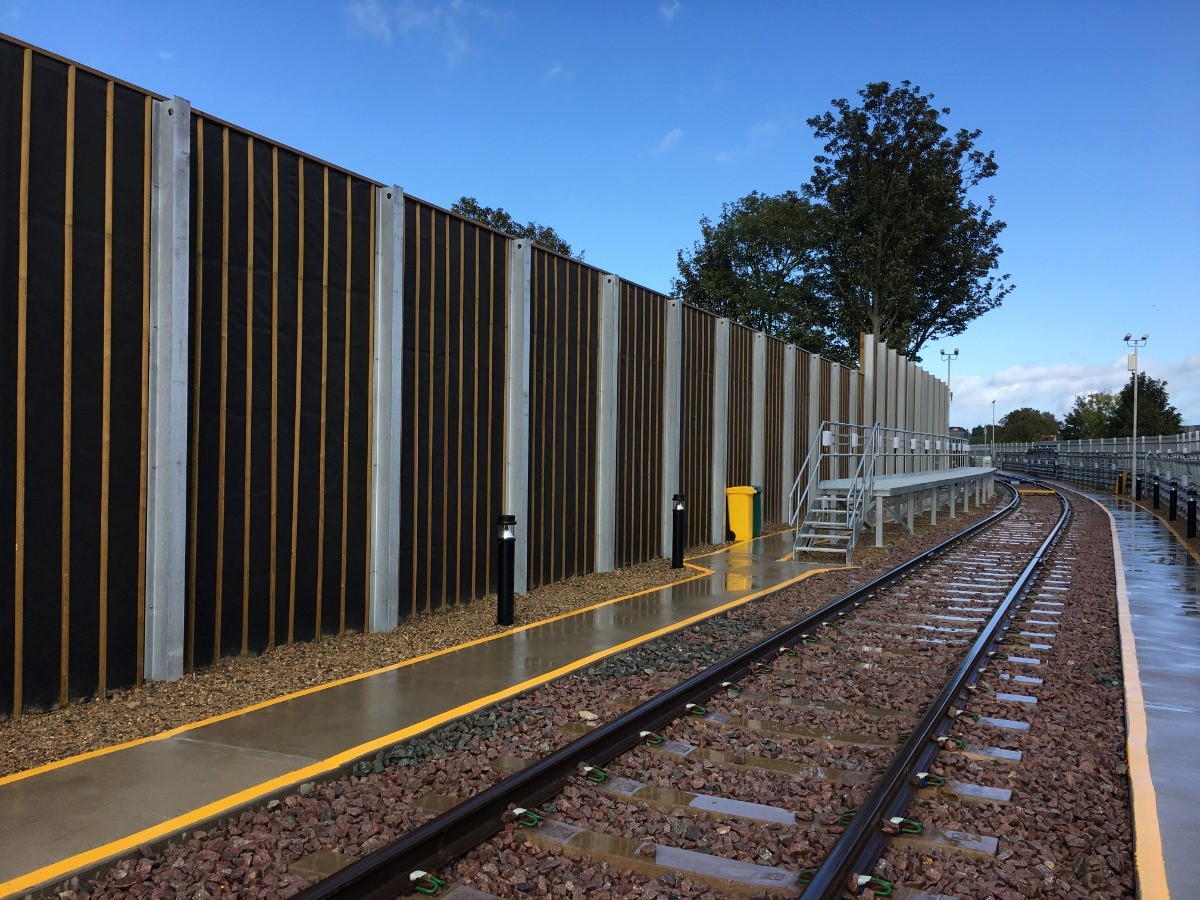New whitepaper recommends best practice for transport infrastructure security


James Thorpe
Share this content
A new transport whitepaper from Jacksons Fencing reveals that almost three quarters – 68% – of architects and engineers believe improvements in industry professionals’ knowledge of railway perimeter safety are needed.
The survey of 211 UK architects and engineers was conducted in September 2021. The resulting whitepaper explores concerning shortfalls in knowledge about what’s needed to protect transport users and local communities as the UK infrastructure grows in line with Government investment.
A ‘lack of time’ and ‘tight budgets’ are the main issues architects and engineers said they faced when designing and building railways, with 55% admitting this is true for them.
Over a third (35%) of respondents believe they do not have sufficient knowledge of the safety measures that should be specified whilst working on a transport project. Further to this, 24% of the architects surveyed argued that there is an insufficient amount of information surrounding security standards and 23% believe clients lack understanding of the products used.
Following these findings, UK-based security fencing specialist, Jacksons Fencing, has provided various solutions and advice regarding transport infrastructure safety measures. The best practice recommendations for security during transport development projects are:
- Ensure assessments are undertaken before starting the project. Explore which security barriers and fencing are suitable for the site, making sure aesthetics are given due consideration.
- Ensure the safety and sustainability requirements for each development have been met. If you are unsure of what these are and need guidance, suppliers’ websites and product videos can provide an explanation.
- Prioritise high-quality products to ensure they last longer, helping to manage the budget better. To choose the right materials, conduct some research beforehand to learn what the options are and which would be most appropriate for the project.
- Lastly, install security systems, such as CCTV cameras and anti-intrusion alarms or monitors, to deter and reduce any potential criminal behaviour and vandalism.
Peter Jackson, Managing Director, Jacksons Fencing said: “It’s clear from our research that transport security doesn’t rest solely on the policymaker’s or owner’s shoulders. Engineering industry professionals also have a large part to play in mitigating risks around railway border safety.
“These results demonstrate it’s not always easy, a lack of time at the specifying stage, tight budgets and gaps in knowledge regarding safety and the product options available are hindering progress.
“Here at Jacksons Fencing, we believe identifying these gaps in understanding is essential. Once these gaps have been identified work can be done to provide the correct advice and guidance which will help civil engineers and designers fully understand the causes and solutions. This knowledge will give them the confidence to choose the most appropriate, cost-effective security solutions, providing lifetime value and protection for decades to come.”
To receive a copy of Jacksons’ Fencing ‘Transport’ whitepaper, sign up here.



